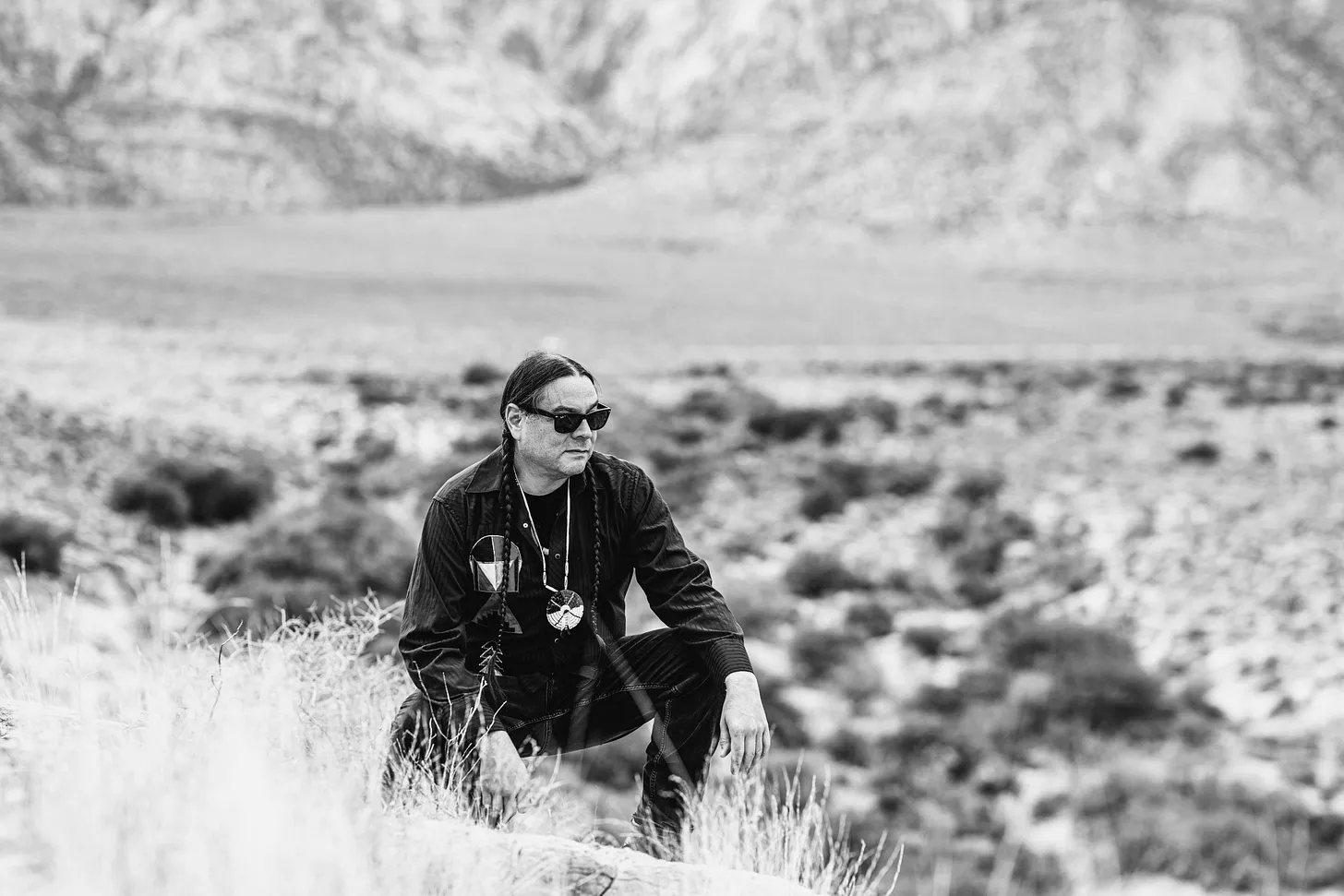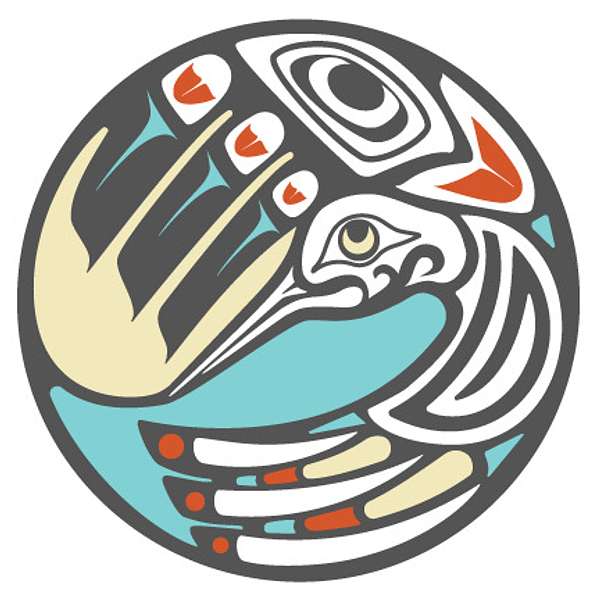Healing through traditions
Navajo-Hopi Observer, Alexandra Wittenberg
Native Americans for Community Actions (NACA) chief executive officer Christopher David led a workshop on tobacco cessation, “Healing Through Traditions” on May 27 at the Fourth Street center.
Participants got to make their own leather medicine bags at the end of the presentation, which offered insight into the difference between hand-prepared tobacco versus commercial, the history of the substance, and how to honor tobacco as a relative.
Participants make leather tobacco bags at the Native Americans for Community Action “Healing Through Traditions” workshop May 27. (Alexandra Wittenberg/NHO)
“It was actually illegal for us to practice any of this not too long ago,” David said, noting that even during his father’s generation, Native Americans partook in tobacco ceremonies secretly.
In 1978 the American Indian Religious Freedom Act was passed, recognizing the right of American Indians to practice their religion without interference from the government.
However, many health consequences have also been suffered by tribal members who have overused the substance commercially. It is now widely-known that smoking can cause cancer, heart disease and diabetes if abused. Even if you are not partaking, first-hand, second-hand and third-hand smoke from others is also harmful. According to the Centers for Disease Control and Prevention, American Indians have the highest smoking rates as well as lowest quit rates among all U.S. ethnic groups.
Dził Nat’oh is a form of tobacco used in traditional Navajo healing ceremonies. Grown and collected in its natural environment, it is far more pure than commercial tobacco that is laced with addictive chemicals.
If used appropriately within ceremonies, the health risks are minimal, David said.
There is also a lot of commercial tobacco, which is mass-produced by tobacco industries for profit, that is marketed to look like traditional tobacco. American Spirit cigarettes and other chewing tobacco that have Indian chiefs on the design.
| Some medicine bags on display at the Native Americans for Community Action “Healing Through Traditions” workshop May 27. (Alexandra Wittenberg/NHO) |
“People kind of wonder, ‘is that real tobacco?’ You have to be really careful,” he said.
In 2021, the Navajo Nation enacted the Air is Life Act, banning commercial tobacco products on American Indian tribal lands.
David, who grew up in Ganado, lived in Utah for over 20 years and moved to Flagstaff four years ago, said he was first offered tobacco at the age of 5 or 6.
He collected ceremonial tobacco with his family in the mountains from tobacco plants.
“On Navajo there is four sacred mountains, and each of the mountains had different medicines on them,” David said.
In Utah, he did sweat lodge ceremonies with elders from Lakota and Southern Paiute Tribes that he said really helped him grow as an individual.
During the sweat lodge ceremonies, he would go out in nature with his tobacco bags to make tobacco offerings to the stones he felt connections with, called grandfathers. Usually 28 stones are offered altogether.
Returning to Flagstaff, he learned more about the Navajo language and ceremonies with his own tribe. He also said he went to a lot of peyote ceremonies where peyote readings were done.
Another free “Healing Through Traditions” tobacco workshop will occur June 24 at 5:30 p.m. at NACA, with more monthly throughout the summer. Register and find out more at nacainc.org.
SOURCE:























No comments:
Post a Comment
Please: Share your reaction, your thoughts, and your opinions. Be passionate, be unapologetic. Offensive remarks will not be published. We are getting more and more spam. Comments will be monitored.
Use the comment form at the bottom of this website which is private and sent direct to Trace.